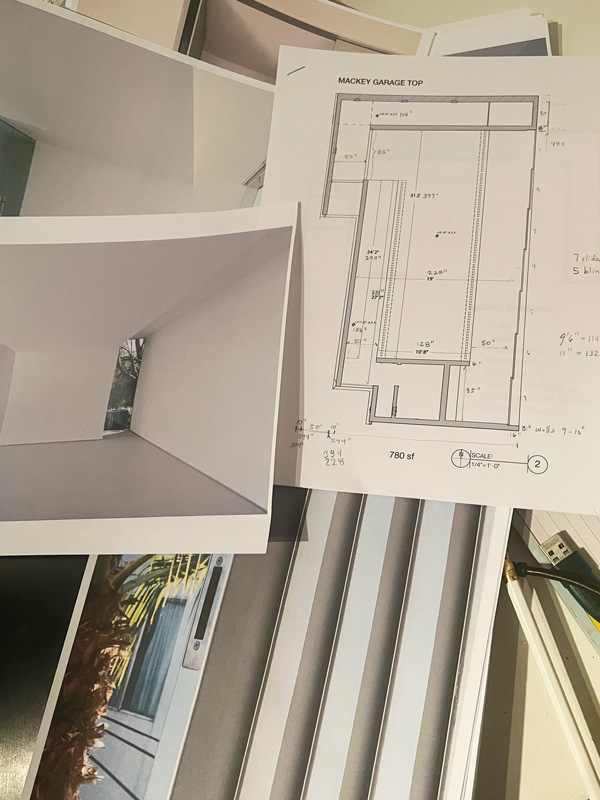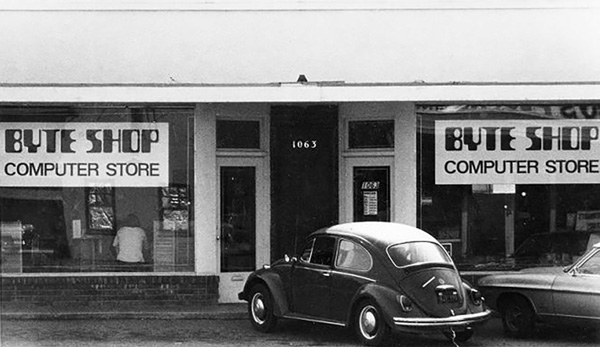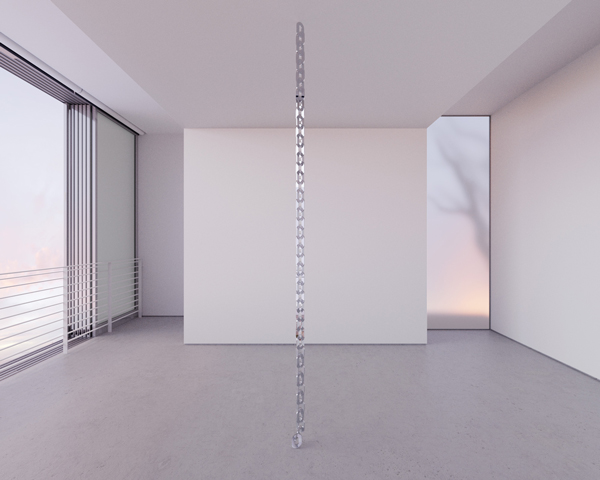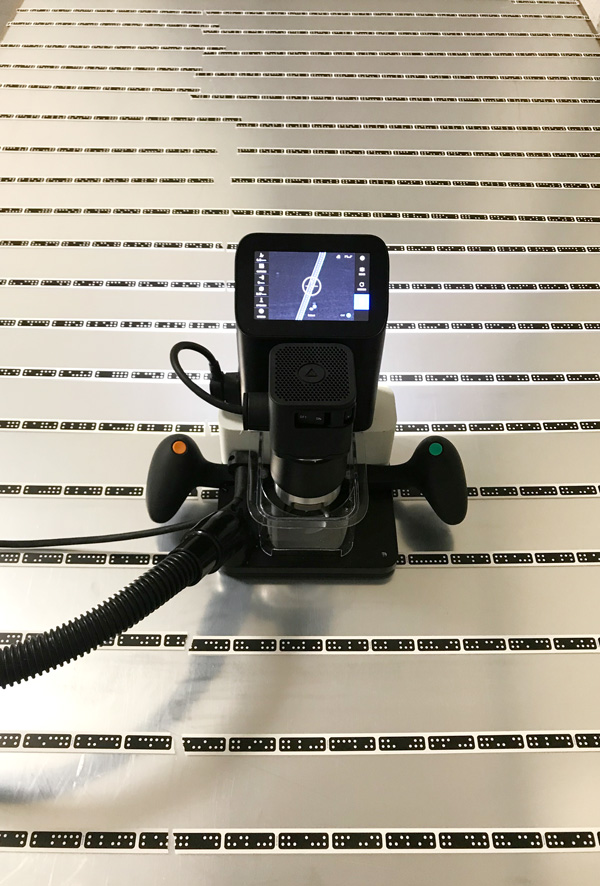Digital Study #2 (Azimuth Wave)
In conjunction with my ongoing exhibition Inverted Dome at the MAK Center for Art and Architecture, Mackey Garage Top, I’m releasing a series of fully digital studies that further advance ideas touched on within the exhibition. The second in this series of four works is Azimuth Wave.
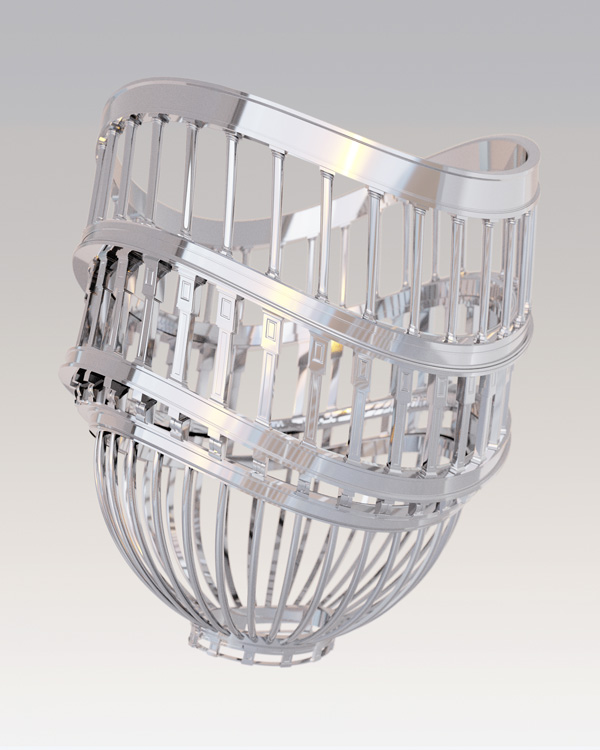
Digital Study #2 (Azimuth Wave), 2022
Azimuth is a type of angular measurement. It establishes an orientation in relation to a point of interest within a spherical coordinate system. The concept is typically used in navigation, mapping, astronomy, and other disciplines.
In everyday speech, a mirror is a surface that reflects back an inverted image of its surrounding environment. Mirrors in our homes are used for self-reflection, in our cars for navigation, and throughout cities as exterior cladding for skyscrapers. More broadly, a mirror is a wave reflector — optical mirrors reflect light waves, but other types of mirrors reflect audio or even atomic waves.
